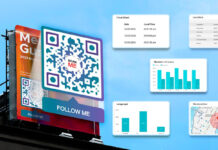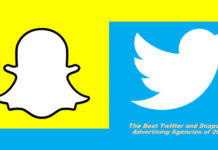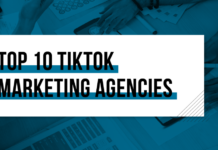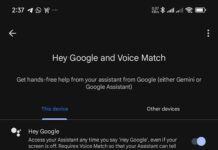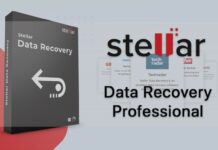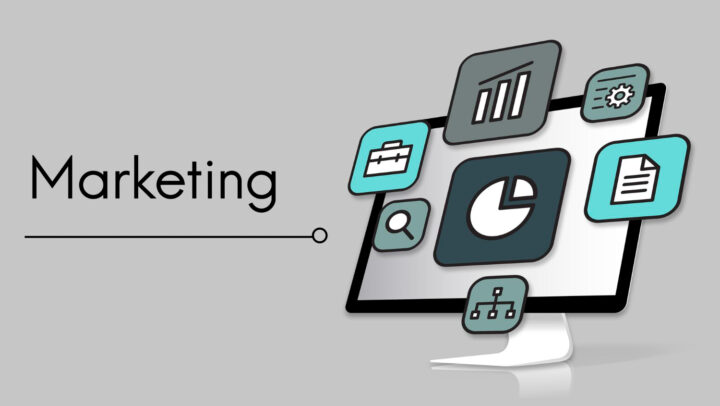 Businesses must decide how best to attract, engage, and retain their target audience. Two prominent approaches – inbound marketing and digital marketing – often come up in strategic discussions.
Businesses must decide how best to attract, engage, and retain their target audience. Two prominent approaches – inbound marketing and digital marketing – often come up in strategic discussions.
While they share some common tools and platforms, they have distinct philosophies and execution styles. Understanding these differences can help businesses tailor their strategies to achieve optimal results.
Key Components of Digital Marketing
Digital marketing is a broad term encompassing all efforts to promote a product or service through digital channels. It uses both paid and organic methods to reach potential customers and is often driven by data analytics and technology. Key components include:
- Pay-Per-Click Advertising (PPC): Ads on platforms like Google Ads or social media channels, targeting specific demographics or keywords.
- Social Media Marketing: Leveraging platforms like Facebook, Instagram, LinkedIn, and TikTok to promote products and engage with audiences.
- Email Marketing: Sending promotional or informative content to a segmented email list.
- Affiliate Marketing: Collaborating with partners or influencers to promote offerings in exchange for a commission.
- SEO (Search Engine Optimization): Optimizing websites and content to improve organic search engine rankings.
- Content Marketing: Creating valuable and engaging content to build brand awareness and authority.
Digital marketing’s strength lies in its versatility and ability to deliver immediate results. Whether it’s a viral campaign or a targeted ad, the goal is to capture attention and drive measurable outcomes.
What Sets Inbound Marketing Apart?
Inbound marketing, on the other hand, is a strategic approach that attracts customers by offering valuable, tailored content. Instead of interrupting potential customers with ads, it focuses on drawing them in by solving their problems or answering their questions.
Core Principles of Inbound Marketing:
- Attract: Use blogs, social media posts, and SEO-optimized content to draw potential customers to your site organically.
- Engage: Create meaningful interactions that address customer needs and establish trust.
- Delight: Provide excellent service and valuable resources to turn customers into loyal advocates.
Inbound marketing emphasizes building long-term relationships rather than quick sales. It’s particularly effective for businesses that rely on trust, such as B2B companies, SaaS providers, or industries with long sales cycles.
Comparing Inbound and Digital Marketing
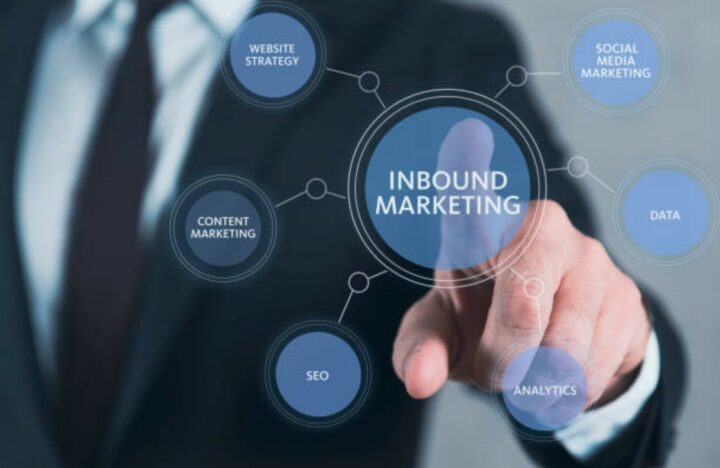
While these strategies overlap in some areas, their differences are stark. Here’s a quick breakdown of the differences between digital marketing and inbound marketing:
1. Approach
Inbound Marketing: This is a pull strategy that centers on drawing customers in by providing valuable, relevant, and engaging content tailored to their needs. Examples include blogs, ebooks, webinars, and SEO-optimized content. The focus is on creating a seamless and helpful experience that encourages potential customers to seek out your brand organically.
Digital Marketing: This is a push strategy where the emphasis is on actively promoting products or services using both paid and organic methods. It involves targeting audiences through advertisements, social media campaigns, and email blasts. The aim is to reach as many potential customers as possible, often by leveraging data to ensure precision targeting.
2. Objective
Inbound Marketing: The primary goal is to build long-term trust and foster relationships with customers. By consistently providing value, businesses position themselves as thought leaders in their industry, which encourages loyalty and advocacy over time.
Digital Marketing: The objective here is to achieve immediate results, such as driving traffic, generating leads, increasing clicks, or boosting brand visibility. It’s particularly effective for promotions, product launches, or time-sensitive campaigns.
3. Cost and Investment
Inbound Marketing: While creating high-quality content, such as blogs, videos, and infographics, requires significant time and effort, it is generally cost-effective over the long term. Once established, the content continues to generate leads without ongoing costs, making it a sustainable option for small businesses or startups.
Digital Marketing: Running campaigns, especially paid ones like PPC (Pay-Per-Click), social media ads, or influencer partnerships, can be costly upfront. However, these efforts often yield faster ROI, making them ideal for businesses looking for immediate gains.
4. Timeframe
Inbound Marketing: Results are typically gradual, as it takes time for content to gain traction through organic search rankings, audience engagement, and word of mouth. Patience and consistency are critical to success.
Digital Marketing: Results are often instantaneous, particularly for paid campaigns. For example, a Google Ad campaign or a promoted post on Instagram can start driving traffic or conversions the moment it goes live.
5. Tools and Channels
Inbound Marketing: This approach leans heavily on organic methods such as content marketing, search engine optimization (SEO), social media engagement, and email marketing. Tools like HubSpot, WordPress, and Google Analytics are often used to plan and track performance.
Digital Marketing: While it may include some organic methods, digital marketing relies on paid strategies like PPC advertising, display ads, influencer collaborations, and retargeting campaigns. Platforms like Google Ads, Facebook Ads Manager, and LinkedIn Campaign Manager are commonly utilized.
Integrating the Two Approaches
Rather than viewing inbound and digital marketing as competing strategies, businesses can integrate the two to maximize impact:
1. Leverage Digital Channels to Amplify Inbound Content
Why it works: While inbound marketing relies on organic growth, digital marketing can act as a catalyst by providing a boost to visibility and reach. Paid digital channels can drive traffic to inbound content, accelerating its impact.
Examples:
- Use Google Ads or Facebook Ads to promote high-value resources like blogs, eBooks, or webinars. These ads should target specific audience segments based on interests, search behavior, or demographic data.
- Social media advertising can amplify organic posts, ensuring that key inbound content reaches a broader audience without waiting for organic traction.
- Promote inbound content like tutorial videos or case studies via YouTube Ads to educate potential customers while creating brand awareness.
Paid digital channels can drive traffic to inbound content, accelerating its impact. For example, an igaming SEO agency might use Google Ads to promote blog posts about industry trends or free guides to help businesses optimize their online presence.
2. Optimize Paid Campaigns with Inbound Messaging
Why it works: Traditional digital ads often prioritize direct promotion, but incorporating inbound principles creates a more customer-focused approach that resonates better with audiences.
Examples:
- Shift the tone of paid ads to focus on educating or solving problems rather than selling. For instance, instead of running ads for a product, create campaigns that promote a free guide or checklist related to the product’s benefits.
- Use storytelling in ads to align with the inbound principle of building trust and providing value. Highlight how your product or service helped solve a real-world issue.
- Design landing pages for paid campaigns with clear value propositions and inbound-style calls to action (CTAs) such as “Learn More” or “Get Your Free Guide.”
3. Retarget Leads Using Digital Marketing Tools
Why it works: Retargeting bridges the gap between inbound interest and conversion by re-engaging users who previously interacted with your content.
Examples:
- Use Facebook Pixel or Google Remarketing to show ads for related content or offers to users who visited your blog or downloaded an eBook but didn’t take further action.
- Set up an email marketing funnel that retargets leads from inbound campaigns, delivering tailored messages or content recommendations based on their behavior.
- Implement dynamic ads that adapt to the user’s engagement level, such as showing product demos or testimonials to those who previously read a related blog post.
4. Analyze and Refine Strategies
Why it works: Data-driven insights from digital campaigns can help refine inbound content, while inbound analytics can improve the effectiveness of digital ads.
Examples:
- Use A/B testing in digital campaigns to determine which inbound content (e.g., blog titles or CTAs) performs best, then apply those insights to organic content creation.
- Track inbound campaign performance using tools like Google Analytics and correlate traffic data with paid campaign metrics. This allows for identifying gaps or opportunities for synergy.
- Monitor engagement patterns (e.g., time spent on pages, bounce rates) from inbound strategies to inform ad copy or targeting adjustments in paid campaigns.
Choosing the Right Strategy
Selecting the right approach depends on business goals, resources, and industry specifics:
When to Focus on Inbound Marketing:
- If your audience values educational or problem-solving content.
- For businesses prioritizing long-term customer relationships.
- When budget constraints limit paid ad spending.
When to Focus on Digital Marketing:
- If immediate results are critical (e.g., product launches, seasonal campaigns).
- For businesses with competitive markets requiring visibility boosts.
- When targeting a large, diverse audience across multiple channels.
Conclusion
Inbound marketing and digital marketing each have unique strengths. Inbound’s focus on value-driven content and relationship-building makes it ideal for long-term growth, while digital marketing’s versatility and immediacy are perfect for driving quick results.
By understanding their differences and synergies, businesses can create comprehensive marketing strategies that leverage the best of both worlds. Whether you’re aiming to build trust with thoughtful content or capture attention with targeted ads, the key lies in aligning your strategy with your objectives and audience needs.

